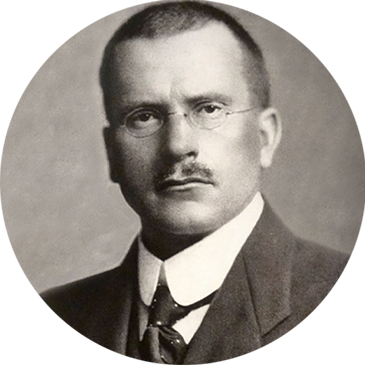Turning Jung’s theory into practical application
When American scholar, researcher, educator and writer Katherine Cook Briggs came across Jung’s theory shortly after its publication, she found it so useful to her own research into personality types, that she started looking for ways to use Jung’s concepts for a practical instrument that could reliably determine people’s psychological type.
One of the most profound drivers for Katherine’s enthusiasm for understanding people’s differences was the suffering and hostilities the world endured during and after World War II. A positive way to better understand self, and others, she felt, would contribute to avoiding such terrible conflicts in the future.
Publishing the MBTI
While the Myers-Briggs Type Indicator (MBTI) assessment, by then patented, was finally published in 1962, it was not until Consulting Psychologists Press, Inc. (now CPP, Inc.) acquired the publishing rights in 1975 that the instrument became available to a wider audience.
In the ensuing years the MBTI universe expanded significantly, with growing numbers of people and organizations taking the assessment around the world. These developments were enabled by increased access to materials, workshops and practical areas for understanding and application, and with research and development being conducted to improve the tools and widen their application.
MBTI today
Today it is estimated that more than 50 million people have taken the assessment, and more than 2 million people every year continue to take it, with many more benefiting from the various MBTI workshops, reports and other publications. MBTI materials have already been translated into more than 25 languages.
The assessments and workshops are used as a preferred instrument for employee development in thousands of top organizations around the world: 89 of the Fortune 100 companies use the assessment to maximize individual and team effectiveness. MBTI is equally used for student and alumni development at many of the world’s most distinguished universities.
MBTI Workshops
